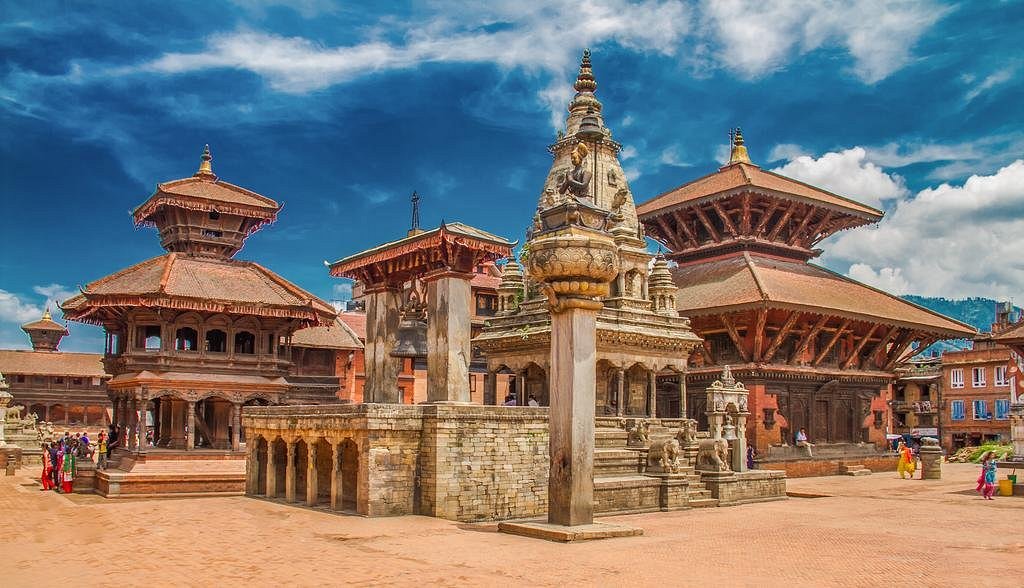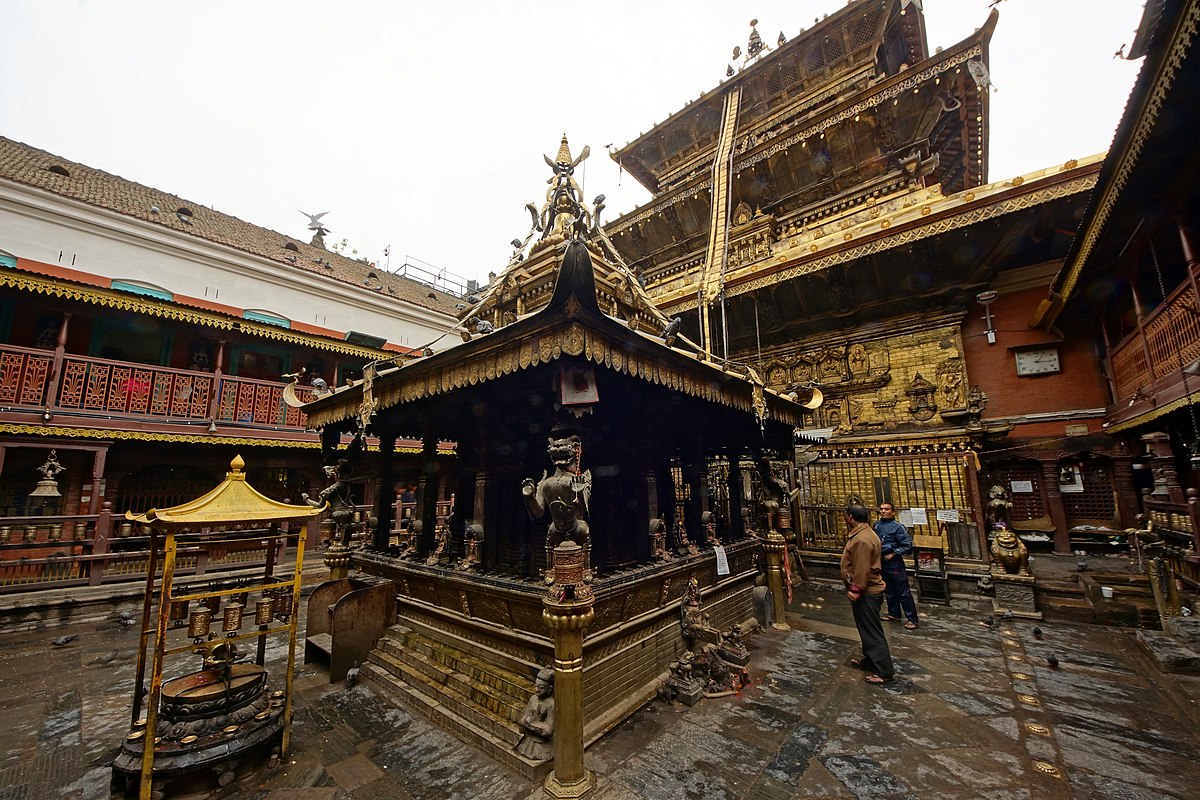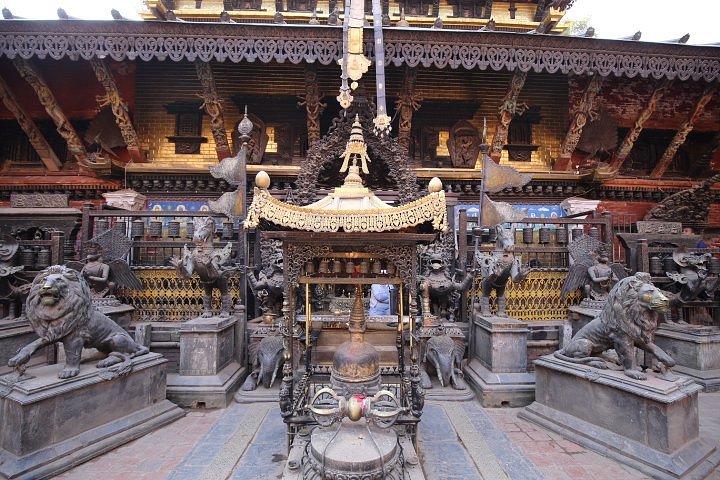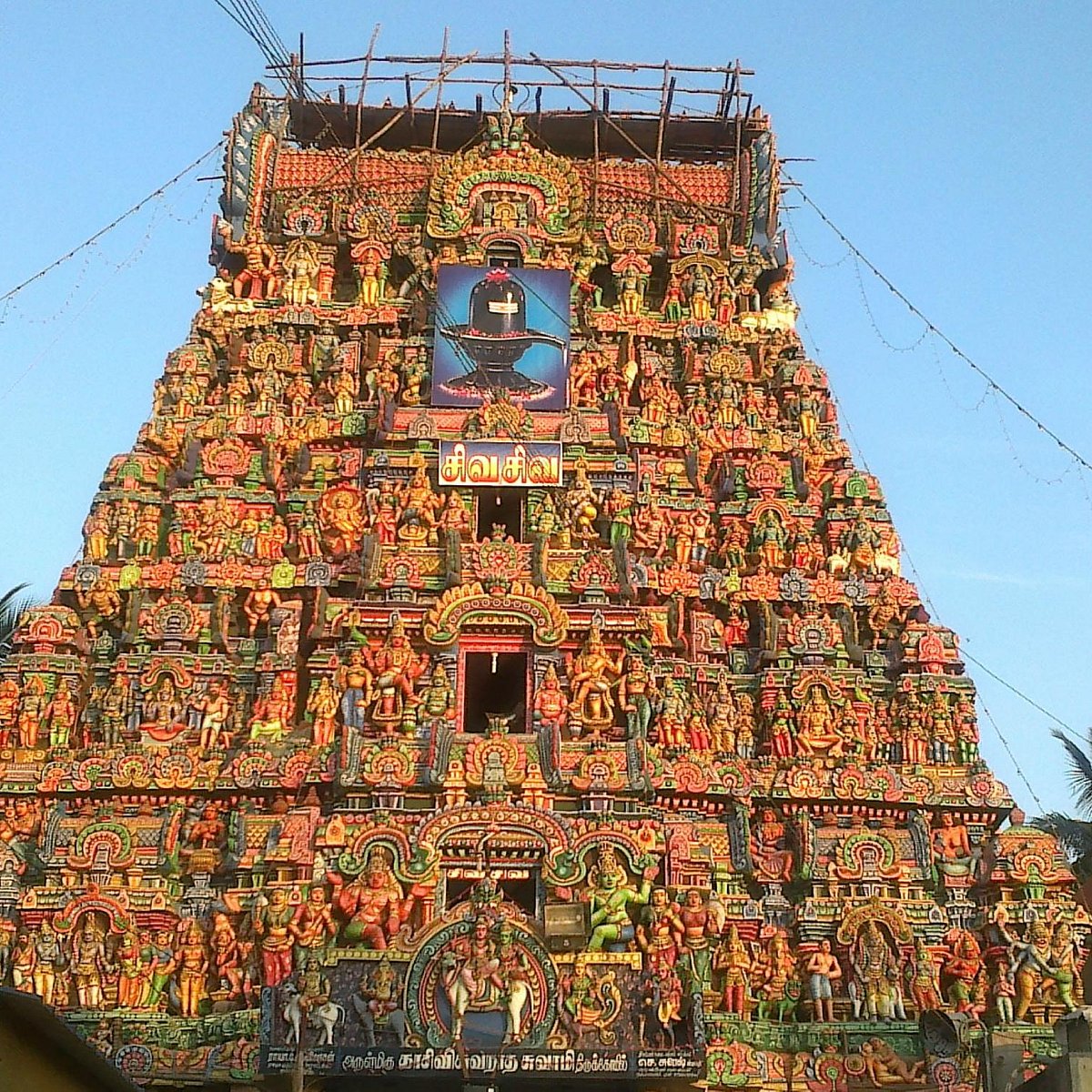Lalitpur, nestled in the Kathmandu Valley of Nepal, is a city steeped in rich cultural heritage and spiritual significance. It’s home to some of the most breathtaking temples, each telling tales of ancient craftsmanship and religious devotion. For those seeking a deeper connection with spirituality or simply in awe of architectural wonders, Lalitpur offers a plethora of temples to explore. Let’s delve into the best temples the city has to offer and answer some frequently asked questions to guide your journey.
Patan Durbar Square: The Heart of Lalitpur’s Heritage

Patan Durbar Square stands as a testament to Lalitpur’s glorious past and artistic brilliance. This UNESCO World Heritage Site is adorned with temples, palaces, and courtyards, reflecting the city’s medieval charm. Among the myriad of temples, the Krishna Mandir shines as a jewel with its exquisite stone carvings and intricate architecture. Dedicated to Lord Krishna, this temple is a fine example of Newari craftsmanship and Hindu devotion. The square also houses the majestic Taleju Bhawani Temple, revered by both Hindus and Buddhists alike.
Golden Temple (Hiranya Varna Mahavihar): A Golden Sanctuary

Tucked away in the bustling streets of Patan lies the Golden Temple, a serene haven of tranquility and spirituality. Also known as Hiranya Varna Mahavihar, this Buddhist monastery gleams with gold, radiating a sense of serenity and opulence. The temple’s architecture reflects a blend of Tibetan and Newari styles, featuring intricately carved windows, wooden beams, and golden statues. Visitors can immerse themselves in the rhythmic chants of monks or simply bask in the golden glow of enlightenment.
Mahabouddha Temple: A Marvel of Terracotta

Mahabouddha Temple stands out amidst Lalitpur’s architectural wonders with its unique terracotta facade adorned with thousands of miniature Buddha statues. Built in the 14th century, this sacred shrine is a fine example of Newari craftsmanship and Buddhist devotion. The intricate terracotta work depicts scenes from Buddha’s life and teachings, offering a glimpse into Nepal’s rich cultural heritage. Visitors can marvel at the temple’s ornate facade or participate in meditation sessions to find inner peace and enlightenment.
Rudra Varna Mahavihar: The Living Heritage

Rudra Varna Mahavihar, also known as Uku Bahal, is a hidden gem nestled in the heart of Lalitpur. This Buddhist monastery exudes an aura of tranquility and spiritual fervor, drawing devotees and tourists alike. The monastery’s ancient architecture, adorned with intricate wood carvings and prayer wheels, transports visitors to a bygone era of religious splendor. Inside the monastery, a serene courtyard and prayer hall offer refuge from the chaos of the city, inviting visitors to meditate and reflect in peace.
Kumbeshwar Temple: A Sacred Oasis

Kumbeshwar Temple stands as a symbol of devotion and architectural brilliance in Lalitpur. Dedicated to Lord Shiva, this ancient temple dates back to the 5th century and is renowned for its towering pagoda-style architecture and sacred pond. The temple complex comes alive during the Maha Shivaratri festival, attracting throngs of devotees who come to seek blessings and pay homage to Lord Shiva. Visitors can witness traditional rituals, listen to devotional songs, and immerse themselves in the spiritual ambiance of this sacred oasis.
Frequently Asked Questions :
Are these temples open to non-Hindu/Buddhist visitors?
Yes, most temples in Lalitpur welcome visitors of all faiths. However, it’s important to respect the religious customs and practices observed at each temple.
Are there any entry fees for visiting these temples?
While some temples may have nominal entry fees, many are open to the public free of charge. However, donations for maintenance and preservation are often appreciated.
Are there any dress codes to follow when visiting these temples?
It’s advisable to dress modestly when visiting temples out of respect for the religious sentiments of the local community. Avoid wearing revealing clothing or shorts, and consider covering your shoulders and knees.
Can visitors participate in religious ceremonies or rituals at these temples?
Some temples allow visitors to participate in religious ceremonies or rituals, while others may restrict certain activities to devotees only. It’s best to inquire locally or seek guidance from temple authorities.
Are there any specific customs or etiquette to follow when visiting these temples?
Visitors are encouraged to remove their shoes before entering temple premises and refrain from taking photographs inside sacred areas without permission. Additionally, it’s customary to offer a small donation or light incense as a sign of respect.
